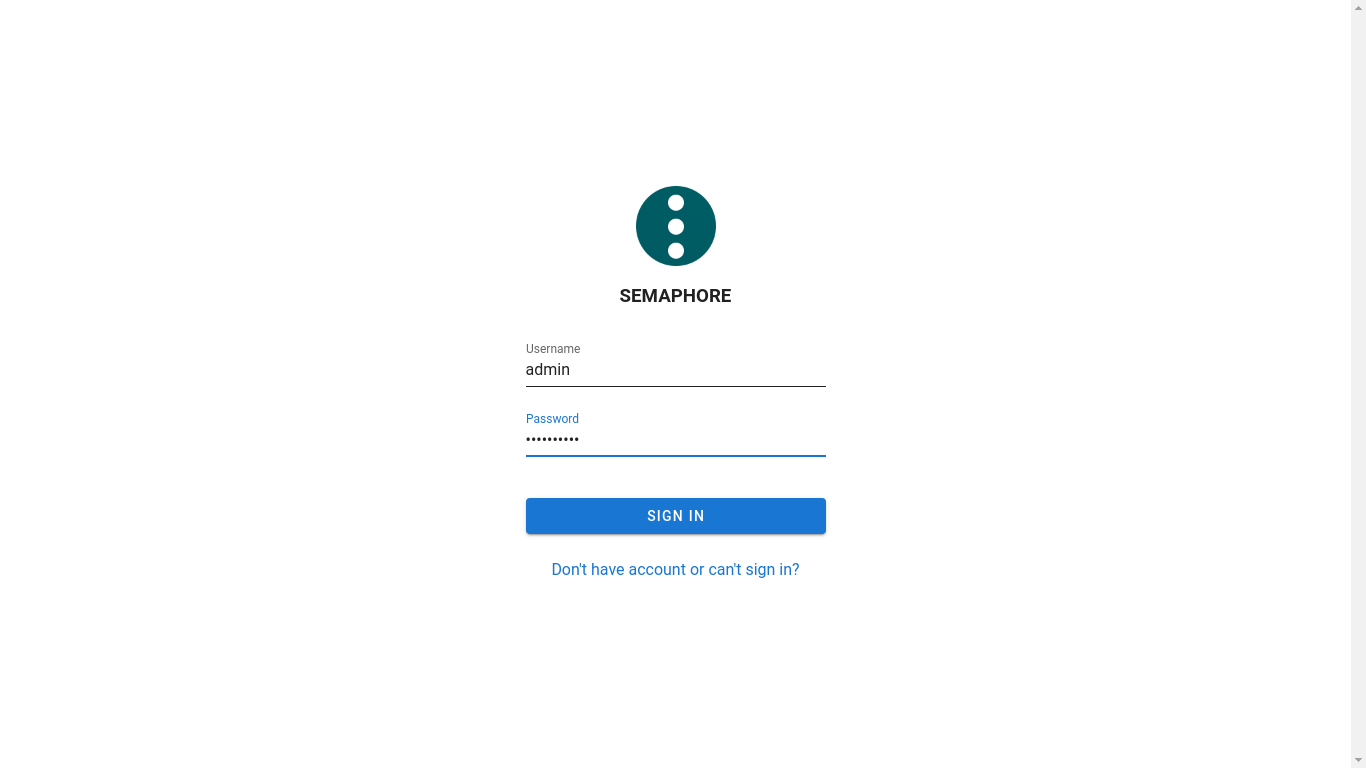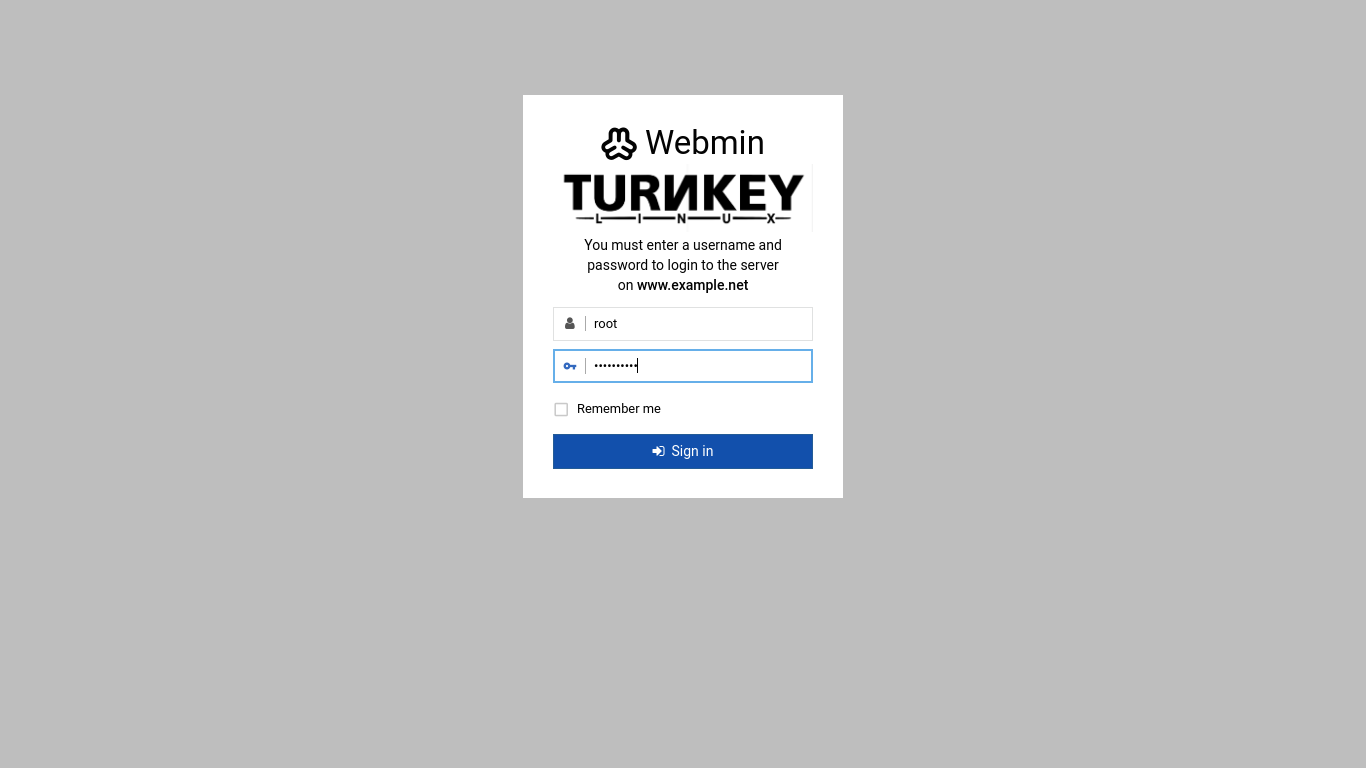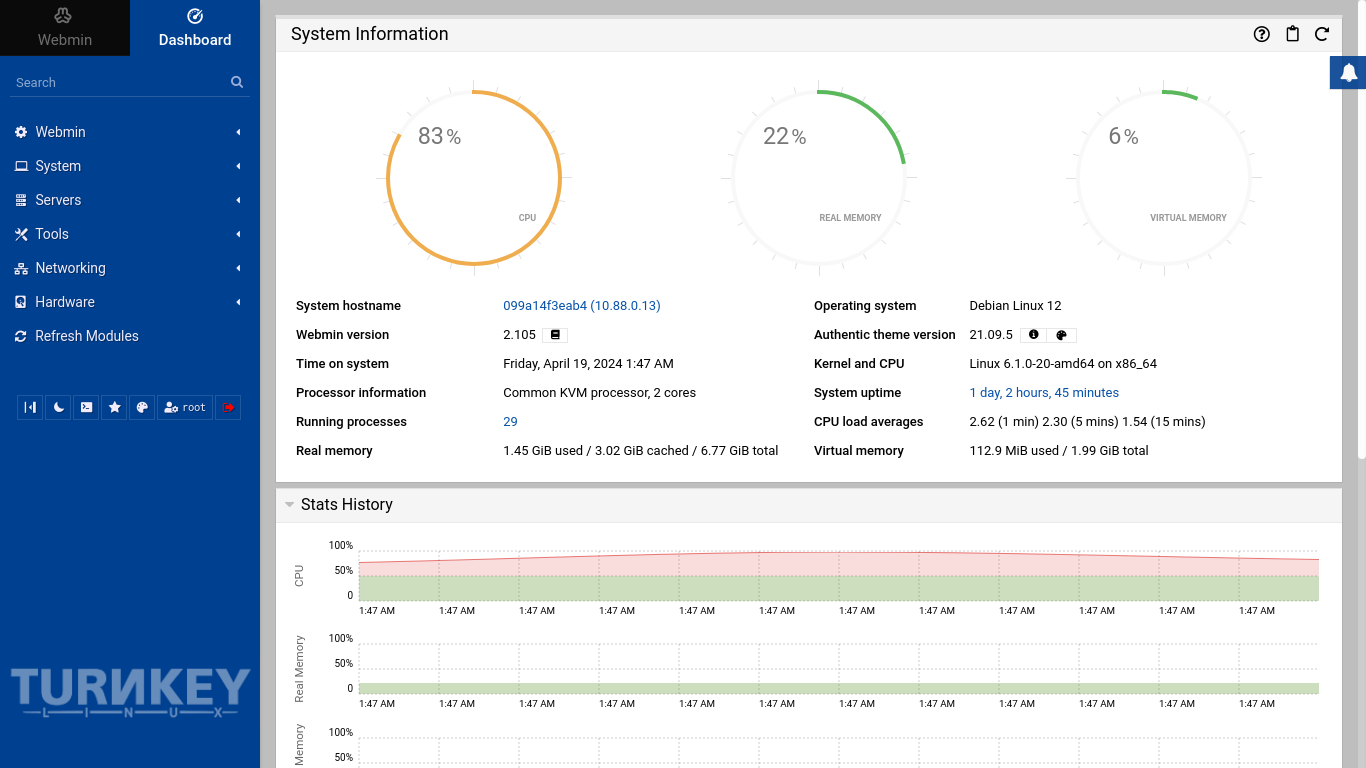You are here
Ansible®
Radically simple IT automation platform
Ansible is a simple, agentless IT automation engine that automates cloud provisioning, configuration management, application deployment and intra-service ochestration. It can configure systems, deploy software, and streamline advanced IT tasks such as continuous deployments or zero downtime rolling updates.
Run from browser
V 18.0
V 17.1
GitHub
This appliance includes all the standard features in TurnKey Core, and on top of that:
- Stable release of Ansible installed via pip.
- WinRM support for managing Windows hosts.
- Sudo support for the ansible user.
- Semaphore open source web UI for Ansible.
- SSL support out of the box.
- Webmin modules for managing and configuring server.
Usage
For examples of how to use the Ansible appliance, see Usage.
Resources
- Official Ansible docs.
- Ansible on GitHub.
- Configuration management with Ansible (old but still useful overview and "getting started" info).
- Ansible Galaxy Community provided "playbooks".
- Semaphore "First steps" and screenshots
- Semaphore UI Walkthrough
Ansible® is a registered trademark of Ansible, Inc. in the United States and other countries.
Note: This software appliance is not supported by Ansible or Red Hat
Usage details & Logging in for Administration
No default passwords: For security reasons there are no default passwords. All passwords are set at system initialization time.
Ignore SSL browser warning: browsers don't like self-signed SSL certificates, but this is the only kind that can be generated automatically without paying a commercial Certificate Authority.
Web Semaphore Ansible UI - point your browser at:
- https://12.34.56.789/ - encrypted with self-signed SSL certificate
Username for Semaphore:
Login as username admin - password is initially same as 'ansible' Linux user set at firstboot.
Username for ansible:
Login as username ansible
Username for OS system administration:
Login as root except on AWS marketplace which uses username admin.
- Point your browser to:
- https://12.34.56.789:12321/ - System control panel
- https://12.34.56.789:12320/ - Web based command line terminal
- Login with SSH client:
ssh root@12.34.56.789
Special case for AWS marketplace:
ssh admin@12.34.56.789
* Replace 12.34.56.789 with a valid IP or hostname.


